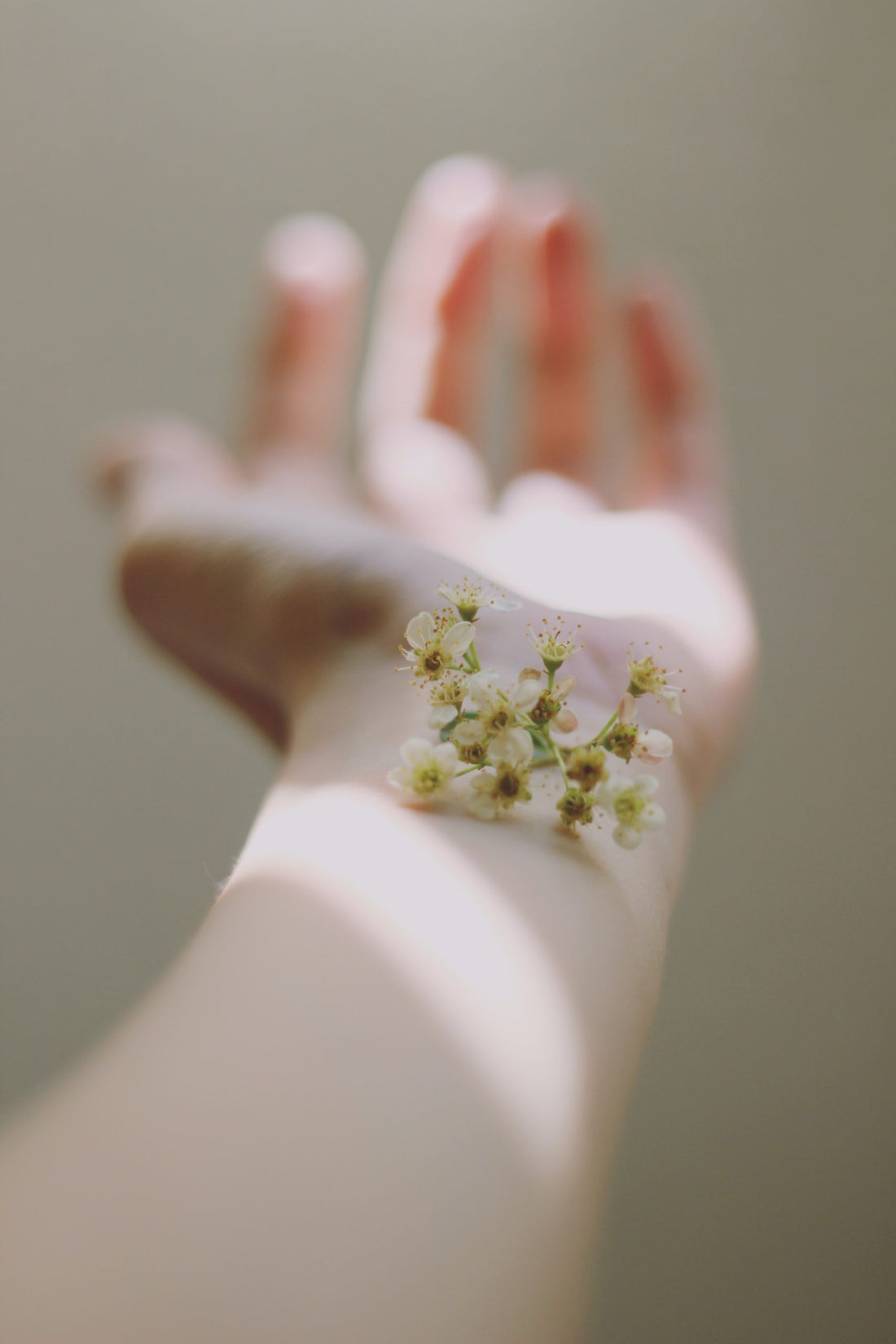Is your client the friend who can’t use the scented products you offer them during their appointment? There’s always one. One person who actually needs to do the patch test before using any type of product on their skin.
If this sounds like your people, let’s break down how you can safely go about waxing sensitive skin to their satisfaction and send them on their way feeling confident.
How do you know your client has sensitive skin?
It’s entirely too easy to get caught up in conversation and neglect the fine details. You may be rushing to get to your next client or even going above and beyond to make this experience a great one.
Remember to slow down to help your client identify their needs. Prior to your appointment, a phone call to get some filler and details can help you determine what types of accommodations your client may be looking for.
Talk with clients about their skin before the appointment
Don’t be shy. You’ll want to ask your clients directly if they have any skin concerns you should know about. This can include allergies, sensitivity and other issues. It doesn’t matter if it’s a Brazilian wax or ingrown hair concerns: knowledge leads to positive outcomes. Always make sure to do a detailed intake and consent form and to go over it with your client. There may be something they “forget” to tell you.
Always use proper technique and waxing temperature
Having the proper variables in place can keep your client safe and in a perfect spot. Hot wax can be administered safely between 55 and 65 degrees. Strip wax however, weighing in between 65 to 70 degrees. Always make sure you have the proper waxing temperature and consistency.
Different types of sensitive skin
Like many levels of esthetic care, there are different types of sensitive skin. Working with your client to identify their skin type if they don't already know it can be an easy conversation if you know what to look for.
Dry and sensitive
If your client makes comments about having historically dry skin, take note. Utilizing an aloe vera or liposoluble wax can remove hair completely while keeping irritation and redness off the table.
Oily and sensitive
It’s okay, you’re not alone in the oily department.
Oily skin makes its entrance after our skin has produced an excessive amount of sebum. Applying powder to absorb excess oil will offer the wax better adhesion, and therefore better long term results for your client.
Things to keep in mind for waxing sensitive skin
Sensitive skin deserves as much care and tenderness as it can get. To honor your client's canvas, make sure your consultation includes specific questions about sensitive skin needs and concerns.
Think of this guide as an arsenal for your tools. If you know what to look out for, and what to ask, you can create a seamless, successful waxing appointment for your client.
How should you prep sensitive skin for waxing?
One of the best ways to keep your client happy is to connect with them about the preparation for waxing sensitive skin. You can remind them to make sure the skin is exfoliated about 48 hours before their appointment. This helps remove dead skin cells and loosen and disturb ingrown hairs.
You can also remind your client to drink plenty of water to stay hydrated and avoid serious sun exposure. The better you equip them, the better their experience.
During your waxing service be sure to properly cleanse the area to be waxed and use a pre-wax oil or powder to create a protective barrier between the wax and the skin. This is especially important when dealing with dry and sensitive skin types.
What part of the skin is sensitive?
Certain areas of our skin are so tender compared to the resilience of skin around our knees and elbows. Asking your client which areas tend to be most sensitive is a great way to gauge their tolerance. But generally speaking, sensitive areas are commonly found on the face, bikini area and underarms.
Learning this information ahead of time can support more intentionality during your clients wax experience and afford both of you the best outcome.
The best waxes to use on sensitive skin
Supporting a client with sensitive skin means running inventory to determine which waxes deliver the best outcome, and replenishing your stock if you don’t have what you need.
There are plenty of waxes that work best for sensitive skin. One of the most successful being hard wax beads. Hard wax is an excellent contender in that it strips hair without adhesion, so pain and irritation is low impact. We recommend WaxOne Total for a consistent, quality experience for your clients.
Post wax care is key
The most important piece of your client’s wax appointment is sending them home with proper after care instructions.To reduce bacterial exposure or inflammation, encourage your client to stay hydrated, cleansed and utilize intensive moisturizer.
Some clients shouldn’t be waxed
In truth, you may connect with clients who have a skin condition or concerns that would potentially make matters worse for their skin. In those cases, it is in your best interest to educate your client and advise against getting waxed.
Though that could be a difficult conversation, you can serve your client from a place of compassion and understanding all while advocating for their safety. For estheticians seeking affordable, high-quality waxing supplies, browse Bare Beauty Wax Supply’s inventory!

